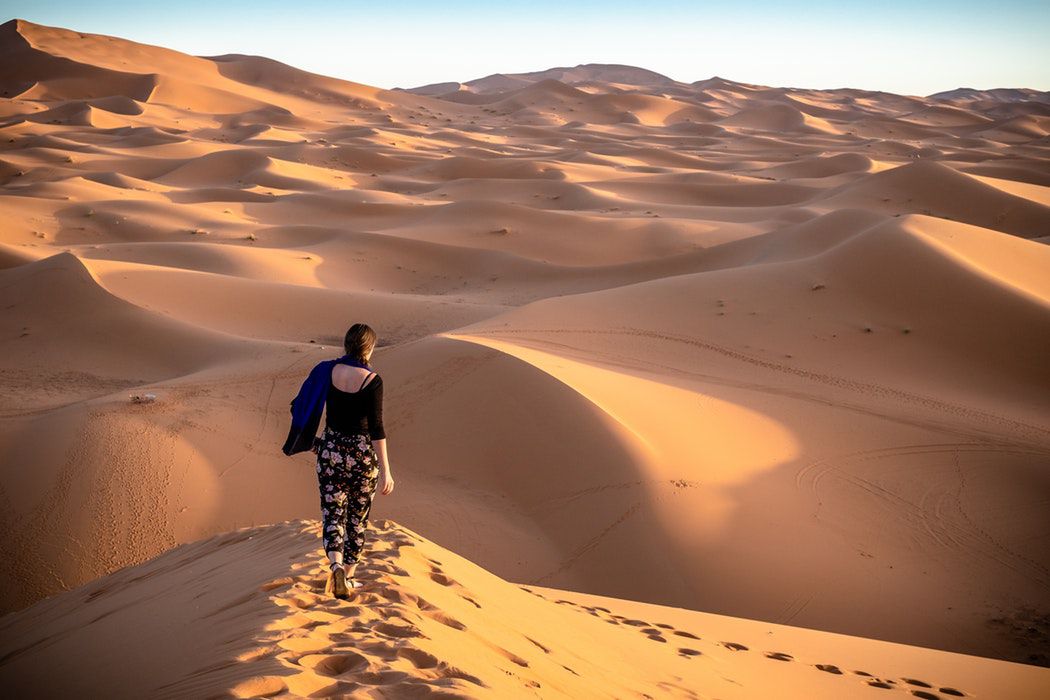The magnificent Sahara Desert is located in the northern part of Africa that stretched over an area of about excursion vers merzouga départ de marrakech The area of the desert is almost equal to the area of entire United States. In spite of such a vast area, only 80,000 square miles of area is partially fertile. Due to interference of the nature, the size of the desert keeps on changing. The southern boundaries of the desert are shrinking since the year 2002; this could be due to the increased amount of rainfall in the region.
If you have visited this magnificent site of nature or even if you have heard or watched on television, you certainly must have struck with the question that how did the sand get over there. The area what is now we called as the Sahara Desert used to be a land with lush greenery and grain fields. The massive climatic change is responsible for the complete transformation of the entire environment of the area. There is speculation that this happened due to the green house effect which is also responsible for dinosaurs to extinct.
The Sahara Desert can be divided into distinct regions such as the Western Sahara, the Central Plateau and the Eastern Sahara region. The Western Sahara region consists of sand and rocky plains. This area of the region receives almost zero amount of rainfall but there are a range of underground rivers and act as the major source of water. There are a range of oases found around the area. This may be due to the underground rivers that break the surface and form oases.
The central plateau region of the desert is known for receiving some amount of rain. This is a mountainous region with the peaks that ranges from 6,000 to 11,200 feet tall.
The eastern part of the desert includes Libyan region that is considered as the driest part of the desert. The area generally exhibits sand dunes and sandy wastes with almost no water at all but one can find few oases. Most part of the Sahara Desert region receives rainfall less than five inches annually, there are parts where no rainfall is recorded for entire year.
In order to survive in the hottest region in the world with almost no water, the flora and fauna has made some changes in their lifestyle. According to the climatic conditions, the plants grow with very small leaves and very long roots in order to reach up to the humid soil to gain some water. Dates palm tree is one of the most significant trees of Sahara Desert as it is a great food that brings energy and freshness in the body.
When it comes about Fauna of the region, they have also created some strategies to combat the harsh climatic conditions. Some of the features that have been developed by the creatures required to stay alive in the region are as follows, thick skin enable animals to preserve water in their body and for better thermolysis they have short hairs on their body. In order to avoid perspiration, the animals increase their internal temperature. They also developed a habit to search food and water in night to avoid hot day.
